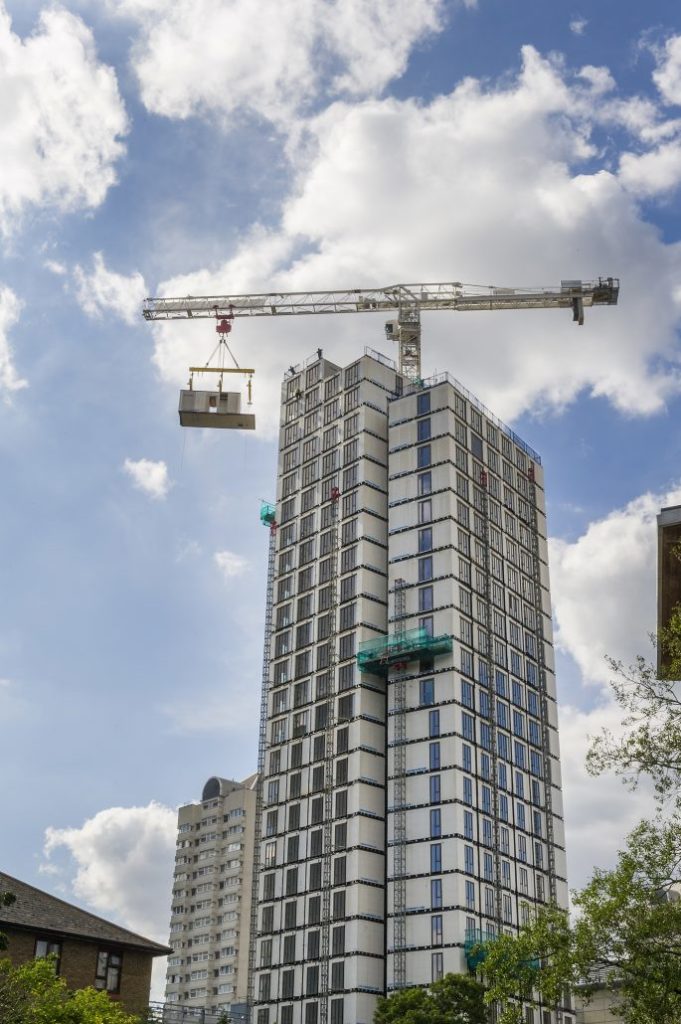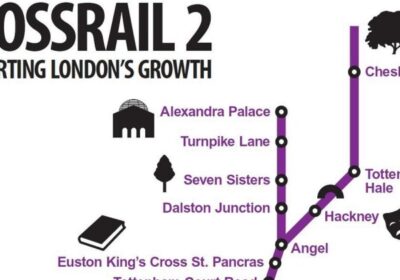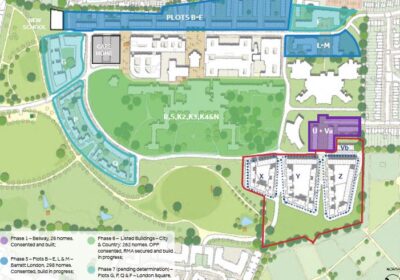Winter is here and with it some bracing economic conditions with CPI measured inflation hitting 4.2% in December. This is a sharp rise from 0.6% in December 2021. Most commentators now expect it to break 5% in the New Year and broadly remain there for the foreseeable future.
Our sector is caught in the headwinds exposed to rising commodity prices, supply chain disruption and labour shortages. A good proxy to evidence is Lumber Futures trading over the other side of the pond, prices have doubled in the last year.
Having been through several development cycles, I have seen inflationary surges before. However, they have often been offset by surging house prices which can hide some of the damage. This time the picture is more complex. Whilst house prices have risen, the increase has been oriented towards houses and properties with garden spaces in well sought-after locations.
High density flatted developments have performed less well with much slower rates of sale and in some cases, price falls. Added to this are negative perceptions around fire safety, increasingly exacting environmental standards, and the end of Help to Buy, which all means the density driven model is starting to struggle.
Let’s be very clear as to why this is a problem for major cities like London. For the last ten years, since the effective removal of grant funding, affordable housing supply has been predicated on delivering ever higher densities to pay for affordable housing through cross subsidisation. The private cross subsidy model works in the good times. High values pay their way which is why the London Plan is predicated on high density delivery. The more private flats, the more affordable housing you can conceptually get.
However, if the private flats are struggling, which is becoming the case in some local markets, then how do we make the delivery of affordable housing viable when there is limited grant a context of rising costs? The model starts to struggle and we are starting to see both housing starts and scheme submissions judder to a halt as applicants and LPAs argue over viability.
There are several short-term and long-term policy options. Short term, London and other cities should take a more lenient approach to viability negotiations and one which reflects the current economic and market reality. This is an extraordinary period for the development sector and protecting wider investment and avoiding stalled brownfield sites should be the priority at this stage, not teasing out every scrap of value from a desk-based exercise so often at odds with the real world.
Longer term, more land needs to be identified and put into the system. Developers are not landowners after all, and they can only work with what they’ve got. It is very clear land prices have not fallen during the pandemic. This highlights a central truth: the significant shortage in development opportunities, especially in high-value and sought-after areas. Without more land, the system will continue to get stuck.
Finally, a proportionate approach is needed. Last year, research Pocket commissioned with Litchfield Planning identified that small sites were being clogged up in the system with too many onerous requirements being placed on them. A one size fits all planning system for large and small sites chokes off a vital component of housing supply for brownfield delivery.










